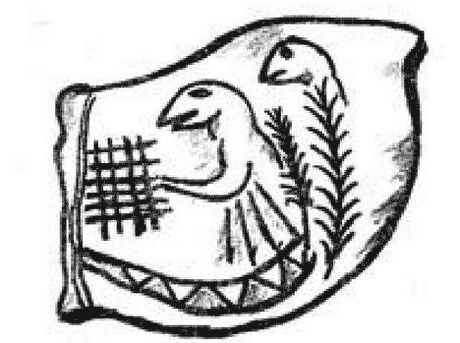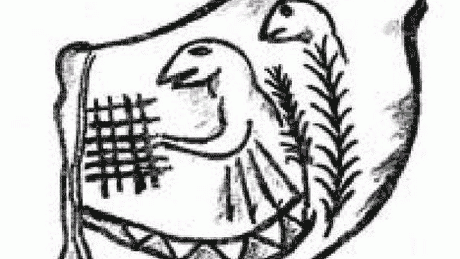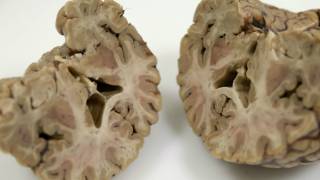Missing slab could unlock mysteries of past
Source: fairviewobserver.com
Article picked up from: davidicke.com
Ancient artifact from east Nashville has unique etchings
Missing: one incised slab.
Collector value: thousands of dollars.
Historical value: priceless.
For the past few years, archaeologist Tracy Brown has combed flea markets and collector shows across Tennessee and the Southeast, hoping to stumble upon the owner of a small stone slab first discovered in east Nashville 40 years ago.
On the rock, a 14-by-13-inch slab that dates from the Mississippian Period (1000-1450 A.D.), is an artistic image that the ancient inhabitants of a mound site etched into its surface with primitive stone tools.
But the artifact is coveted more for what is not etched onto its face than what is.
"It's unique because it is the only slab of six found that does not have clear Southeastern Ceremonial Complex symbols on it," Brown said.
He has quizzed collector groups, questioned fellow archaeologists and talked to "just about anyone who might come into contact with this kind of item."
"It's like fishing the ocean," Brown said.
So far he's had nary a nibble.
"There's an excellent chance this piece of history is sitting in somebody's rock garden or on some kid's dresser as a trinket," said Brown, who is based in Oak Ridge.
Brown said the slab isn't stolen property, and he is not interested in purchasing it. Professional archaeologists do not collect, buy, sell or appraise prehistoric artifacts, he said. He simply wants to examine it, make some notes, measure it, photograph it and give it right back to the person who owns it.
"What many people don't know about archaeology is that the item itself isn't as important as how the item fits into the 'big picture' with other items found at a site," he said. "It's like a giant puzzle where you know you're never going to find all the pieces. So you try to find as many as you can."
Unusual symbols on slab
Southeastern Ceremonial Complex symbols are found on Mississippian Period artifacts from sites throughout the Southeast and as far west as eastern Oklahoma. At one time, the somewhat bizarre symbols were interpreted as important elements of a pan-Southeastern American Indian religion with a strong emphasis on sun veneration and human death.
The slab in question does feature a snake, which is common as symbols go. "But taken as a whole, the individual symbols and the picture on this stone do not have an SCC flavor about them," Brown said. "This is important and at least suggests that the iconography on the stone may be more personal in nature and important to the life of one or more individuals in an ancient society."
Although the ancient tales told by the missing slab take place more than a thousand years ago, the story about the slab begins in the mid-1990s, which is when it went missing.
The widow of a collector apparently gave it away.
"All together, she probably gave away $100,000 in artifacts for nothing," Brown said. "The person who got them for free ended up selling them to collectors. Some of the items were bigger-ticket items, but the slab I'm looking for was probably among a large group of items that might have went for 10, 15 or 20 bucks at a flea market."
Six slabs found in area
The missing slab — one of six that have been discovered in Middle Tennessee — was found at a large Mississippian site in east Nashville in the autumn of 1968. A now-deceased local artifact collector, Malcolm Parker, former director of The Parthenon, found the incised slab in a stone box at an original burial site.
The first of the six slabs was discovered on Rocky Creek in Trousdale County
in 1874 and was named after Gates P. Thruston, a Nashville-area antiquarian who authored Antiquities of Tennessee in 1890.
The slab, now known as the Thruston Tablet, was interpretated by Thruston as a commemoration of an important political or social event in the life of a local Mississippian Period community, Brown said.
The second stone was found at the Castalian Springs mound site, now owned by the state, in Sumner County in 1892. Etchings on that stone show the upper body of a human figure ceremonially dressed as a raptorial bird.
"This representation and the sun symbol on his chest are typical of the SCC, and the stone no doubt dates to the same time as the mounds," Brown said. He added that Kevin Smith in the Department of Anthropology at Middle Tennessee State University has conducted field school excavations at the Castalian Springs site the past two summers.
A slab found at the Arnold site in Brentwood in the early-middle 1960s was the third such stone found and the last before the subject of Brown's search.
Two more were found later along the Cumberland River in east Nashville in 1975.
To archaeologists and historians, the stones are valuable for "what they can tell us about the technology, social organization and belief systems of the original Middle Tennesseans who lived here before we Euro-Americans and Afro-Americans arrived," Brown said.
Article from: http://www.fairviewobserver.com/apps/pbcs.dll/
article?AID=/20061224/NEWS01/612240372/1321/MTCN06






















